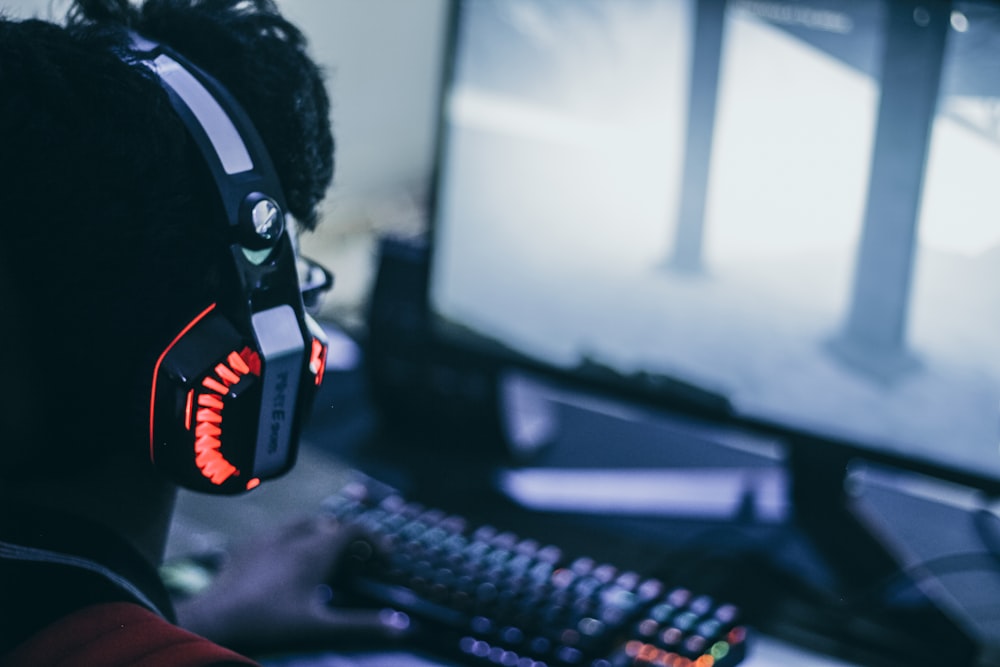Since February, the world has been grappling with the impact of COVID-19, known as the novel coronavirus. This pandemic has swept the globe, fundamentally shifting the way that we live our lives each day. As revealed in a New York Times report last month, it’s also changing the way that internet users are taking in and engaging with the content that they use every day.
As to be expected, general internet use has skyrocketed. Millions are passing the time surfing the web. Forbes reported in March that internet use skyrocketed 70 percent in just a matter of weeks – and those figures were at the very start of the pandemic. While definitive data hasn't been released, several trends are emerging that show how the work-from-home world has shifted throughout because of COVID-19.
Virtual Meetings for Virtually Everything 
After an initial wave of popularity in the 2000s, video calling solidified itself as a backup option that enabled long-distance communication that felt more personal than a text message, IM, or email.
In a work-from-home world, video calls rose to become part of the daily routine for workers around the world. Zoom and Microsoft Teams saw record-setting spikes in usage with both services initially facing some technological setbacks as engineers behind the scenes struggled to cope with sudden growth.
From kindergarten to college, students have turned to virtual learning solutions to continue their education without lecture halls. Online learning has been growing by leaps and bounds in recent years, though the pandemic has been the fuel to the fire on platforms like Zoom, Google Classroom, and Microsoft Teams. As millions of students and teachers log into online classrooms, many are wondering about the future of the brick and mortar institution. How will universities justify the cost of on-campus learning as online classes are establishing themselves as a viable, comfortable alternative?
While the impact on the worlds of education and business are profound, personal uses for video calls are also beginning to emerge. Friends are staying together online, spending time on apps like Houseparty, Zoom, Facetime, and more to hang out and interact as entertainment venues remain closed. Coinciding with a spike in video calls is a 61 percent increase in social media use across 30 markets, as reported by Forbes.
While virtual hangouts can’t fully replace the connection shared with face-to-face interaction, new apps and low-latency technology bolster businesses and support social lives while our favorite bars, theaters, and venues stay closed.
Fewer Phones, More Computers 
For workers, phones have evolved to become a temporary workday reprieve. From the office cubicle to the coffee shop kiosk, phones allow us to stay connected, informed, and entertained throughout the workday. As more people stay home, phone use on popular apps like Facebook, YouTube, and Netflix is on the decline.
That’s not to say that these apps are losing popularity. Instead, more users are logging on from the comfort of a larger screen on their computers and laptops. YouTube and Netflix statistics show a roughly 16 percent increase on both platforms as of March 2020, while Facebook shows a 27 percent growth during the same timeframe.
The drop in mobile isn't so prominent, ranging anywhere from 1 to 5 percent depending on the platform. Reading between the lines, it's safe to assume that people are spending more time on their desktops while still squeezing in plenty of screen time on their phones and tablets.
Game On 
In the past 20 years, video games have evolved to become one of the world’s largest and fastest-growing forms of entertainment for both single individuals and large groups of friends. With few ways to go out and socialize, gaming has been a go-to way for people to stay entertained and connected throughout the pandemic.
While no specific metrics have been released, Microsoft’s Xbox Live and Nintendo’s Nintendo Online have both experienced long-term outages, presumably caused by the spike in online network activity. Simultaneously, Valve’s Steam – the world’s leading storefront for PC gaming - experienced a record-setting 20 million concurrent users.
Gaming fans are also connecting through live streams on Facebook Gaming, Twitch, YouTube, and more. Cross-platform viewership grew 45 percent between March and April as the pandemic came into full effect. Year over year, the industry grew by 99 percent – unprecedented growth in an already thriving sector fueled by streamers and viewers staying at home.
As the world continues to grapple with the new post-pandemic reality, only time will tell which of our pandemic habits will stick around long after a vaccine has been created. While the “new normal” is still emerging, it’s clear that these digital trends will continue to impact the way we work, communicate, and live our lives going forward.




